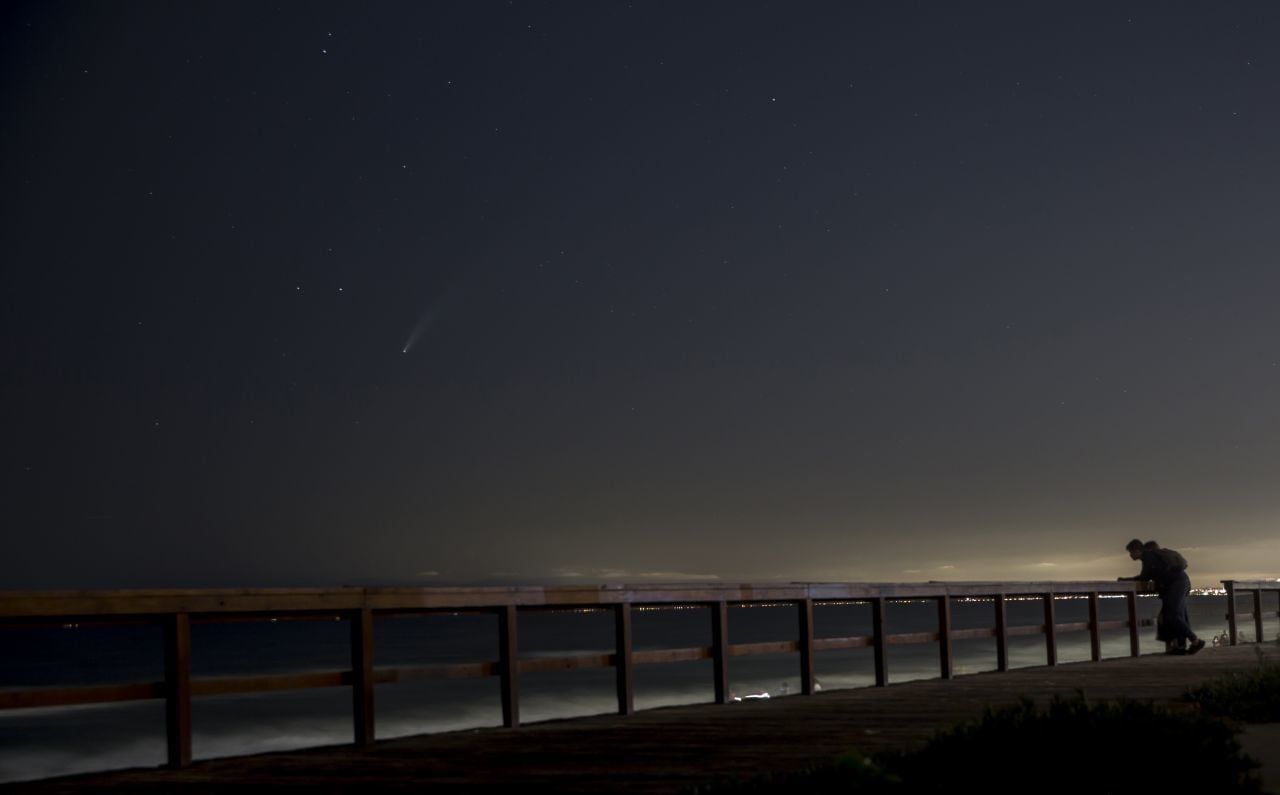
On the second Sunday of March at 2:00 in the morning, thirty-three Mexican municipalities located on the border with the United States of America began summer time, at which time their clocks were moved forward by one hour, while in the rest of Mexico this change will apply until the first Sunday of April.
For most Mexicans, the change in watches due to the transition from winter to summer time remains confusing. The situation gets a little more tangled when you consider that Mexico has four time zones: Northwest, Pacific, Central and Southeast.
So it is not the same time for people who are in Tijuana, Mazatlan, CDMX or Cancun, because in the first case it is likely that at 4 in the morning they will be sleeping while on the Caribbean beach they can already be enjoying the sun at 7 in the morning while walking by the sea. Another example, when a person travels from Mexico City to Tijuana, they might have the feeling that only an hour has passed, but in the opposite case, when they land in the Mexican capital they will notice that the clock ticked five hours since takeoff at the northern border.
But there is nothing to worry about, below we explain how these schedules are defined and the states of the republic that are included in each of them.
The Time System Act recognizes for Mexico the application and validity of the time zones 75 degrees, 90 degrees, 105 degrees and 120 degrees west of the Greenwich meridian and the times that correspond to them according to their location, accepting the agreements made at the International Meridian Conference of 1884, which established the zero meridian.

Each of the four, that is, the Official Time in the United Mexican States is set at a certain point in the national territory depending on the geographical position. For this reason, during a federal election the boxes must first open in Quintana Roo, since it is the state with the earliest time, while in Baja California they must be closed when at that point in the country it is 18:00 hours, regardless of whether in Mexico City the clock ticks at 8:00 p.m.
Because Quintana Roo is closer to the zero meridian (Universal Time), it is the entity with the most advanced clock, that is, when in Cancun it is 7:00 in the morning, in the downtown area it is 6:00, while the Pacific is at 5:00 in the morning and in Baja California it is only 4:00.

Northeast Zone: Referring to the 120th meridian west and comprising the state of Baja California.
Pacific Zone: Referring to the 105th meridian west. It is made up of Baja California Sur, Chihuahua, Nayarit, Sinaloa, Sonora. In Nayarit there is an exception for the municipality of Bahía de Banderas, which will be governed according to the Central Zone.
Central Zone: Referring to the meridian 90 degrees west of Greenwich and comprising most of the national territory.
The states that belong to it are Aguascalientes, Morelos, Campeche, Nuevo León, Coahuila, Oaxaca, Colima, Puebla, Chiapas, Queretaro, Mexico City, San Luis Potosi, Durango, Tabasco, Guanajuato, Tamaulipas, Guerrero, Tlaxcala, Hidalgo, Veracruz, Jalisco, Yucatan, State of Mexico, Zacatán Ecas.
Southeast Zone: Referring to the 75th meridian west and comprising the territory of Quintana Roo.
For the current year 2022, daylight saving time for the border strip starts on Sunday, March 13 and ends on Sunday, November 6. Now, it should be noted that daylight saving time does not apply in the states of Quintana Roo and Sonora.
KEEP READING:
Últimas Noticias
Debanhi Escobar: they secured the motel where she was found lifeless in a cistern
Members of the Specialized Prosecutor's Office in Nuevo León secured the Nueva Castilla Motel as part of the investigations into the case

The oldest person in the world died at the age of 119
Kane Tanaka lived in Japan. She was born six months earlier than George Orwell, the same year that the Wright brothers first flew, and Marie Curie became the first woman to win a Nobel Prize

Macabre find in CDMX: they left a body bagged and tied in a taxi
The body was left in the back seats of the car. It was covered with black bags and tied with industrial tape
The eagles of America will face Manchester City in a duel of legends. Here are the details
The top Mexican football champion will play a match with Pep Guardiola's squad in the Lone Star Cup

Why is it good to bring dogs out to know the world when they are puppies
A so-called protection against the spread of diseases threatens the integral development of dogs




